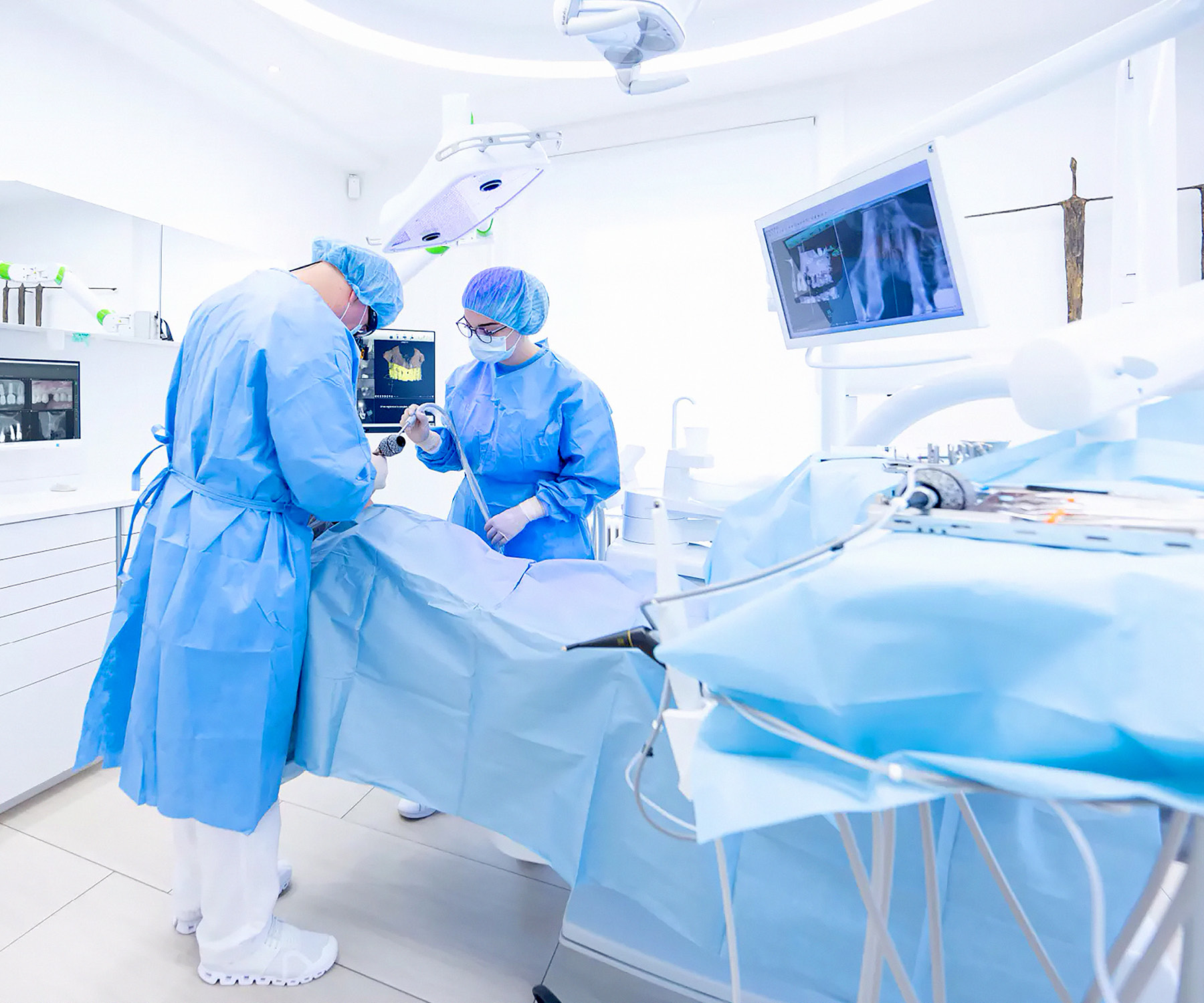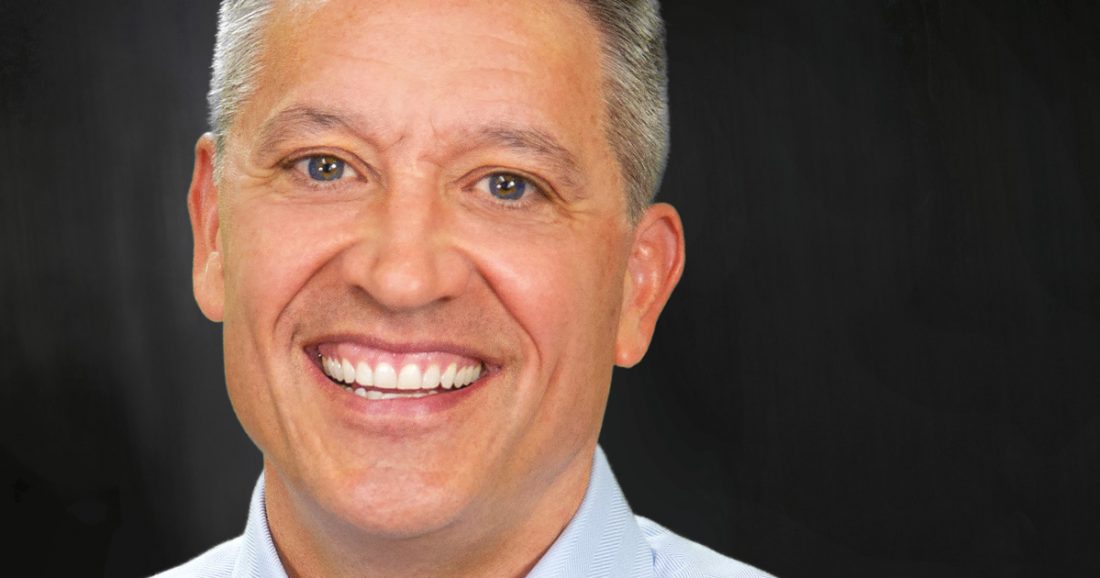Taking the reins in 2024 of the company that pioneered dental implants, panoramic X-rays and custom orthodontics, CEO Paul Keel is optimistic about Envista’s future despite the current economic environment.
“One big challenge relates to the unusual disruption that the COVID-19 pandemic caused. After the pandemic, the market didn’t contract, but it went from consistent three percent to five percent growth to maybe one-to-two percent in 2023 to 2024,” he reflects.

“Nothing has structurally changed in dentistry in the past two years. Most adults still have 32 teeth.”
“Nothing has structurally changed in dentistry in the past two years. Most adults still have 32 teeth. We’re all outliving the biological life of our teeth. Middle classes are rising and people care more about aesthetics and oral health.
“So my view is that we have this great portfolio at Envista; now if we can just stay focused on getting our customers what they need to treat their patients, it’s going to be a really exciting couple of years.”
Innovative pioneers
For Keel, the million-dollar question has been: How do you grow when your markets slow? He has pushed Envista to innovate further from within across its portfolio of companies, working with its clinical partners to establish what gaps exist across the cycle of diagnosis, treatment and therapy, and invent the relevant technologies.
That three-stage cycle is common to all dental procedures, Keel says, but Envista is one of only a few companies on the planet that has innovations across that spectrum.

Advertisement
This culture of ‘continuous improvement’ is foundational to Envista’s success over time, from new product innovations to global operations and talent development, Keel explains.
The Envista Business System, the company’s continuous improvement methodology, plays a central role in scaling its fast-growing Spark aligner offering and navigating today’s geopolitical climate.
The next chapter
The company’s next chapter will involve harnessing AI to create more efficient products, enabling Envista to dedicate more resources to R&D due to the software solutions it provides.
“We have a lot of innovation around capturing the anatomy of a patient, so in that middle step, the treatment planning is highly rooted in math and software,” Keel explains.
“Teeth behave in a predictable fashion depending upon the forces that are applied to them. And so you can pretty accurately, with a large enough sample size, predict the movement of teeth.

“We have a lot of innovation around capturing the anatomy of a patient.”
“For instance, in implantology, you can use AI to help you develop the optimal placement of a dental implant for future stability, for tissue regrowth and then for stability of the crown that goes on top of that implant.
“We work closely with our customers to translate clinical needs into product solutions.”
Strong leaders
New technology means little, though, without the right people to drive the strategy behind it. People in particular were a pressing issue for Keel to resolve on his arrival, with three important leadership positions needing to be filled: CFO and the President of two of its largest businesses.
Keel and his team worked quickly to recruit “three terrific leaders” – two with whom he’d worked across his 17-year career at 3M: Eric Hammes, now Envista’s CFO, and Veronica Acurio, who is now President of the organization’s orthodontics business.

“Motivated people are rewarded by improvement.”
Rounding off the trio is Stefan Nilsson, known for building the largest multi-clinic dental company in Europe, to lead Zurich-headquartered Nobel Biocare.
Envista’s leaders also subscribe to Keel’s philosophy of continuous improvement, borrowing the mantra of ‘no best, only better’.
“Those of us who have the humility, who have the commitment, who have the discipline to continually keep getting better and better, not only does it lead to the highest potential, but I think it’s the most rewarding, because motivated people are rewarded by improvement,” he says.




